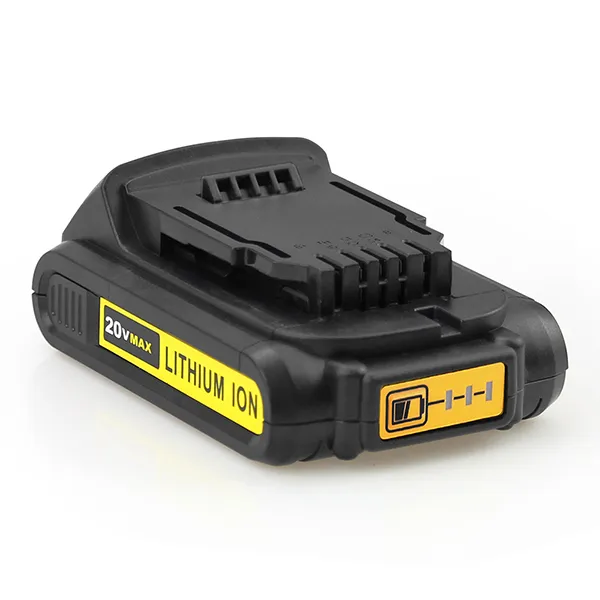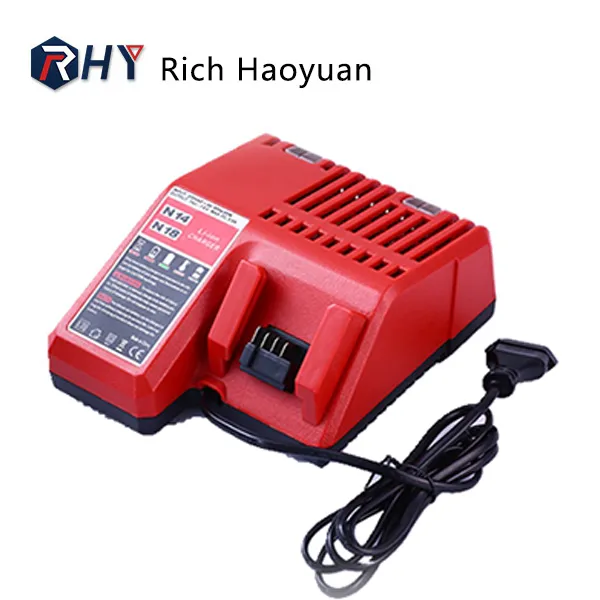Together for An Electric Future.
Lithium-ion batteries are newly designed batteries following advanced technology. They contain electrodes having the best combination with lithium-ions along with a separator. Micro-permeable separators separate lithium-ion from their electrons after the battery's discharging on their respective electrodes.
Lithium-ion batteries are different and super-efficient compared to alkaline or other regular batteries. The ability to provide strong energy even after low discharge for an extensive period of the batteries makes them different from the compromised strength of the regular one due to low discharge.

To understand what happens when lithium-ion batteries stop charging after getting fully charged, first, you have to know about the procedure behind charging lithium-ion batteries.
Charging lithium-ion batteries involves the following steps.
The charging principle of lithium-ion batteries at the very first step involves moving electrons to the outside with the flow of current both when charging and discharging the battery and ion move to the other respective electrode.
The charging/discharging will help understand the breathing system of lithium-ion batteries, which is the specially designed part of these kinds of batteries. The breathing of electrodes depends upon the main current supply to the battery.
Lithium ions are separated from their electrons when current is provided to the battery and aggregate on the cathode, and electrons move outside the battery with the current flow. The battery also recharges itself by the application of reverse current flow.
Chargers for lithium-ion batteries are also specifically designed according to advanced technology, so other regular chargers can't charge them. The specified chargers follow the principle of constant current by constant voltage for proper charging.
Inside the battery, many components are involved in charging. Still, outside there is only a single visible component that provides a guide by a high or low voltage to the whole charging procedure.

The unique feature of lithium-ion batteries is it discharges themselves after getting fully charged, even the charger is plugged in.
Charging retention capacity-self discharging
Lithium-ion batteries with the unique design of self-discharging, of course, make them different from other batteries. However, it is very beneficial because it's a kind of measure of the charging retention capacity of the battery.
The process of stopping charging after getting charged is all due to the retention capacity of the lithium-ion batteries.
Procedure
Normally, when lithium-ion batteries are plugged in or into an open circuit, the components of the battery start storing the power consumed simultaneously. Self-discharging occurs mainly because of the following;
Lithium-ion batteries are advanced and beneficial and do not need to be charged fully; that's why they have a self-discharge function.
If you want to get any information related to lithium-ion batteries, you can visit our website. We will offer you quality solutions in an affordable price.